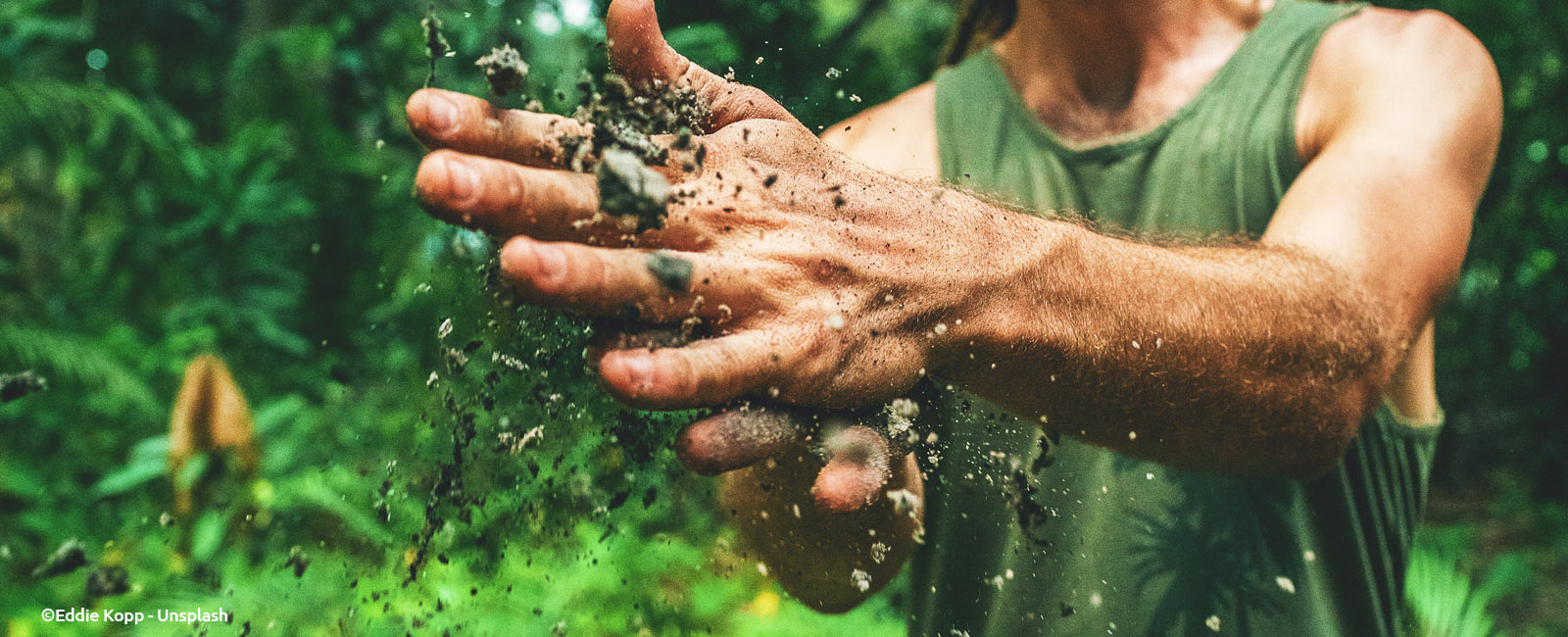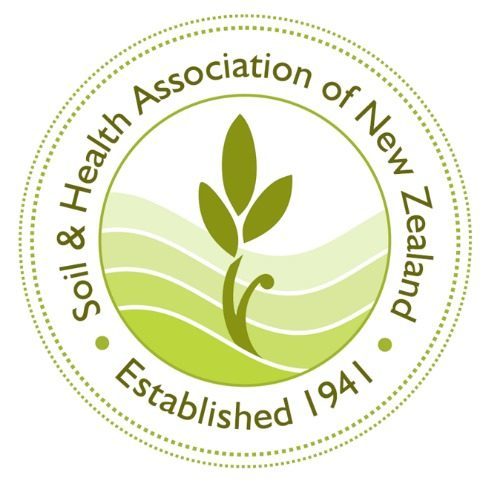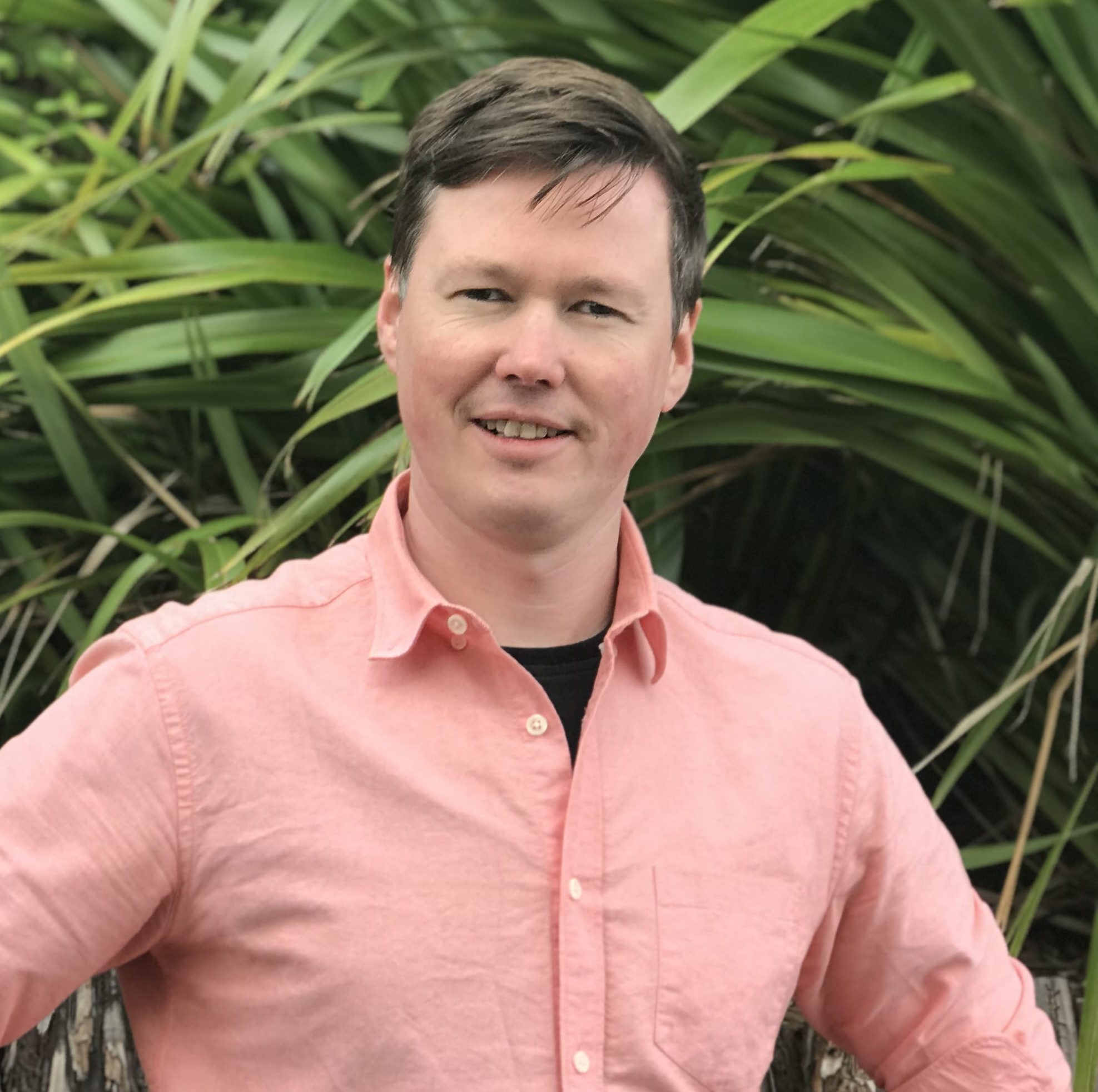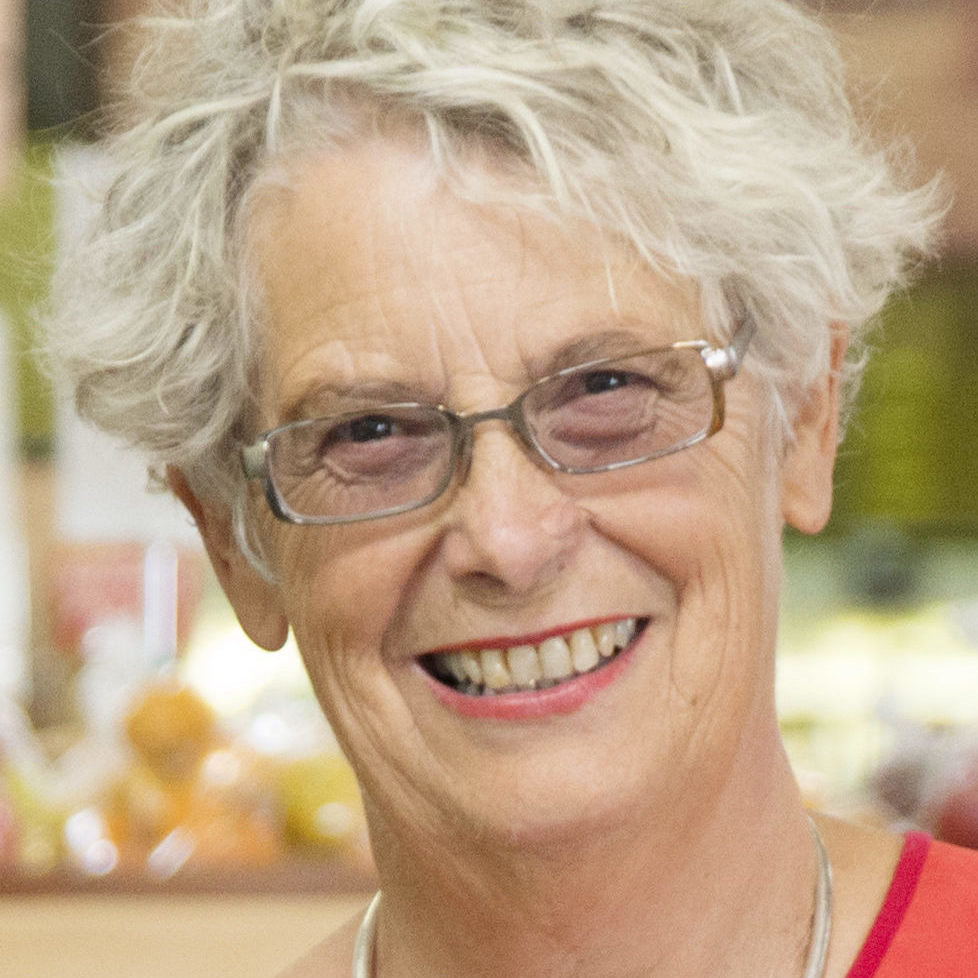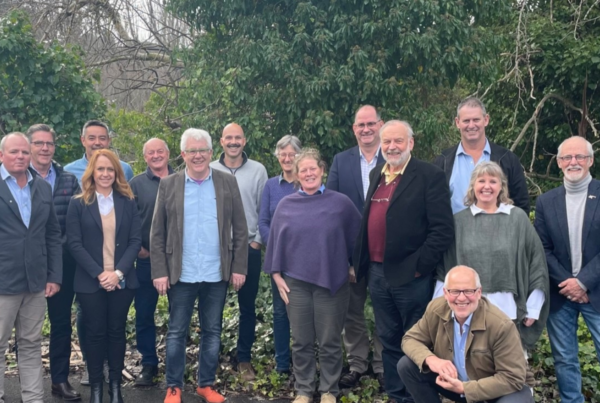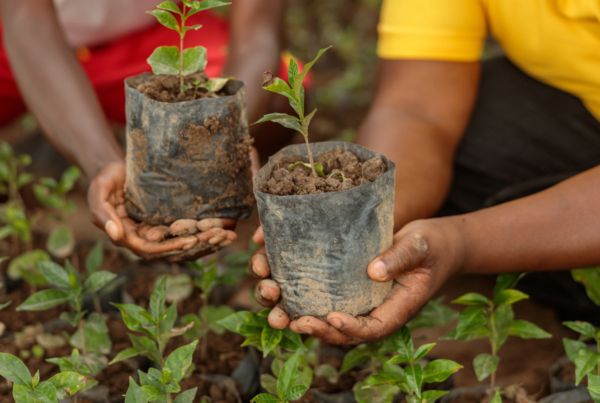The Soil & Health Association of New Zealand (Soil & Health) is one of the oldest organic membership groups in the world.
It was established in 1941, having been inspired by the pamphlets that Eve Balfour in the UK put out called “The Living Soil”. The pamphlets were founding texts of the organic movement in Aotearoa (New Zealand) and led to the founding of the Soil Association UK.
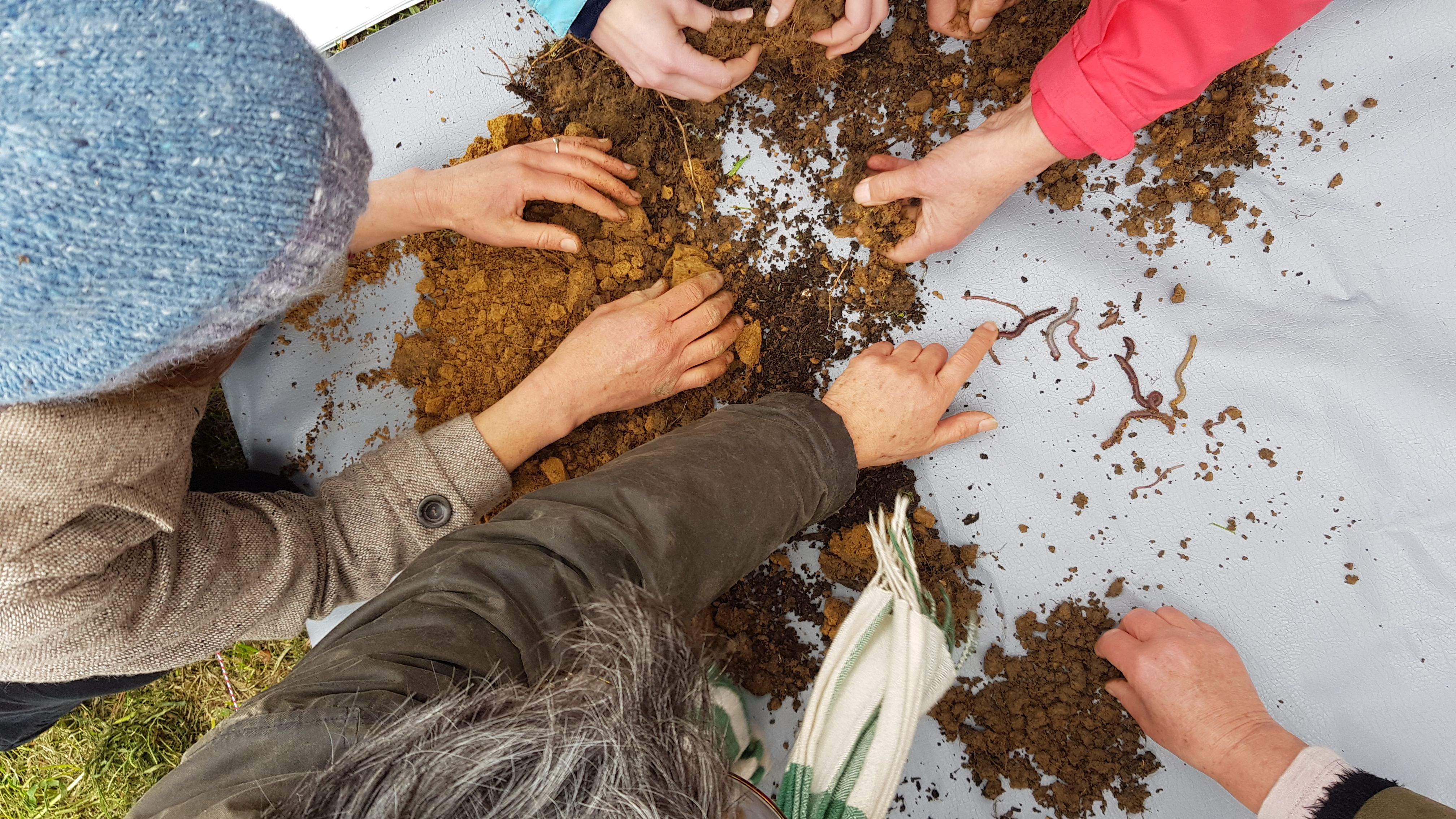
It is vital to learn about and organically care for the soil because living soils nurture the ecosystem in various ways © Soil & Health
On the other side of the world, in New Zealand a dentist called Guy Chapman was concerned with the poor health of children’s teeth and how their diet had a role to play. He knew knowledge was power!
Using the information from The Living Soil pamphlets, he started teaching the children and their parents about growing food organically and the importance of healthy soils and composting in ensuring this.
It was in this atmosphere that the idea of extending the knowledge of soil care beyond Chapman’s dentistry was nurtured. Using the principles of organic with the focus on healthy soils, the association became a reality.
“From the very beginning, it was a priority to focus on soil health and composting. The motto in 1941 was Healthy Soil – healthy food – healthy people”, said Marion Wood, Chairperson of Soil & Health, “and it is still our motto.”
The Association is currently focusing on 2 main campaigns: getting rid of glyphosate and the Soil4Climate campaign. With the former campaign, Soil & Health is petitioning the government to make New Zealand glyphosate-free while the latter campaign looks at how we can tackle climate change using organic methods. Caring for the soil is part of the solution. This involves measuring the health of soil and ensuring that carbon is sequestered as a result of organic agriculture.
These goals, however, cannot be achieved without the involvement of their members. The association represents a lot of different groups supporting organic, for example, consumers, organic small growers, backyard farmers, and retailers.
At the core, all these members care about the health of the soil, food, people and animals. The Association uses its magazine, Organic NZ, to update the membership and also share ideas from them.
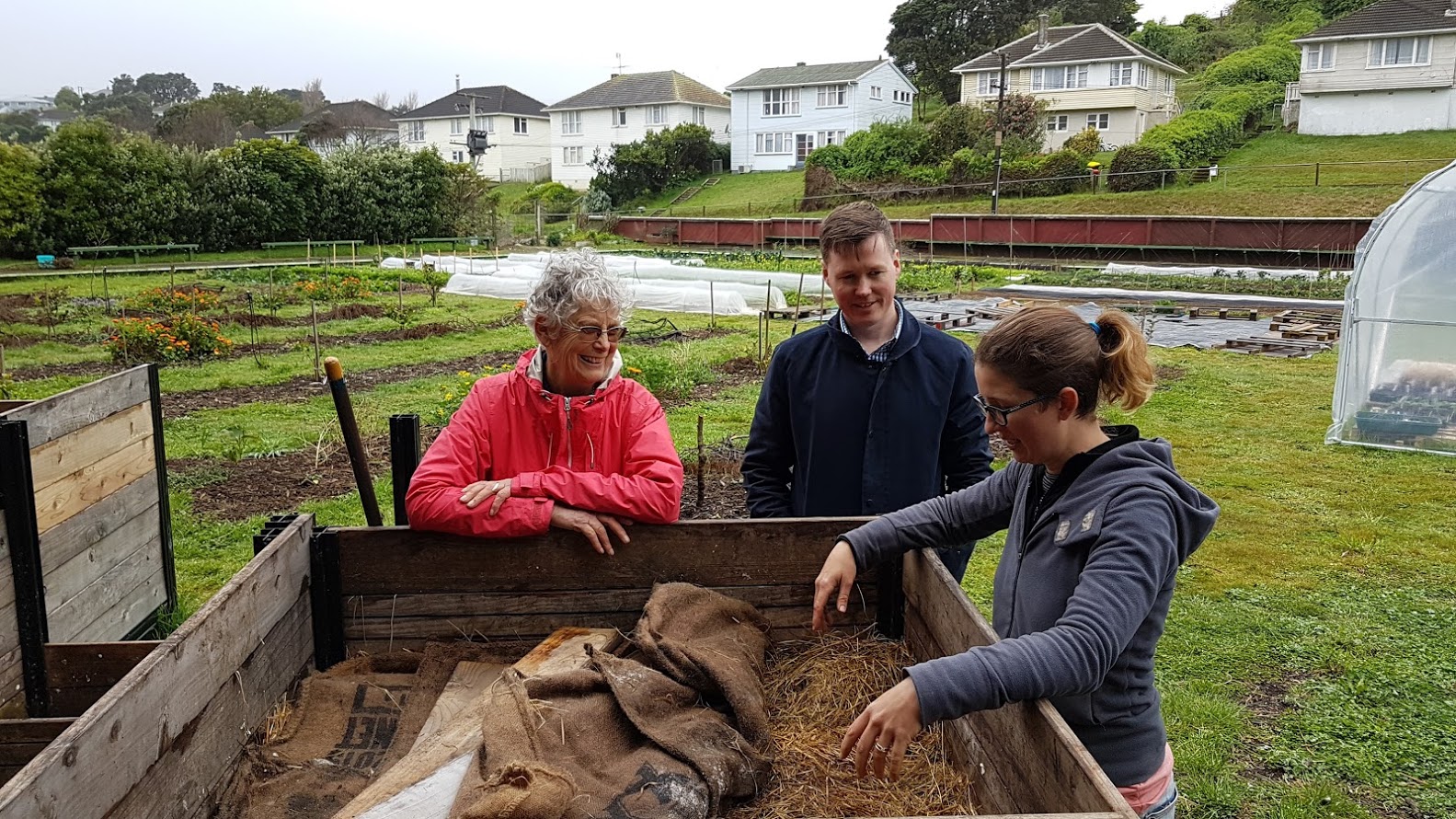
Marion Wood and Pete Huggins meeting with an organic grower, Jessica Barnes © Soil & Health
People are looking for full-flavoured food that looks and smells real, makes no apologies for its dirt and imperfections and proclaims vitality with every bite. I also do it because it nourishes me as a person, and it looks after my land, allowing me to pass it on to our children in a living, healthy condition.
Jenny Lux from Lux Organics
Soil & Health aims for not only their members, but everyone in New Zealand to recognise the importance of soil, the food grown and the people who grow it. A case in point is how they have been working with all sectors in the organic movement to ensure that the use of the word “organic” is regulated. There is currently a Bill going through Parliament and the association and its members are pushing for it to include the IFOAM – Organics International definition of ‘organic’.
They also want to ensure that control of the organic standards remains in the hands of the organic sector and that it works in partnership with Maori, the indigenous people of New Zealand. The Association is standing together with all members and affiliates of the organic movement to reach their goals and put healthy soils first.
”I’m a member of Soil & Health because I believe that we need to re-imagine our relationships with food and nature. Soil & Health gives me a deeper appreciation of our interconnectedness with the natural world and how organics can help bring these relationships closer together.
Bernie MabbsSoil & Health member
Marion echoes this when she shares that we are all interlinked and cannot have healthy people without healthy soils. The organic movement is not the only one recognising this linkage with the soil.
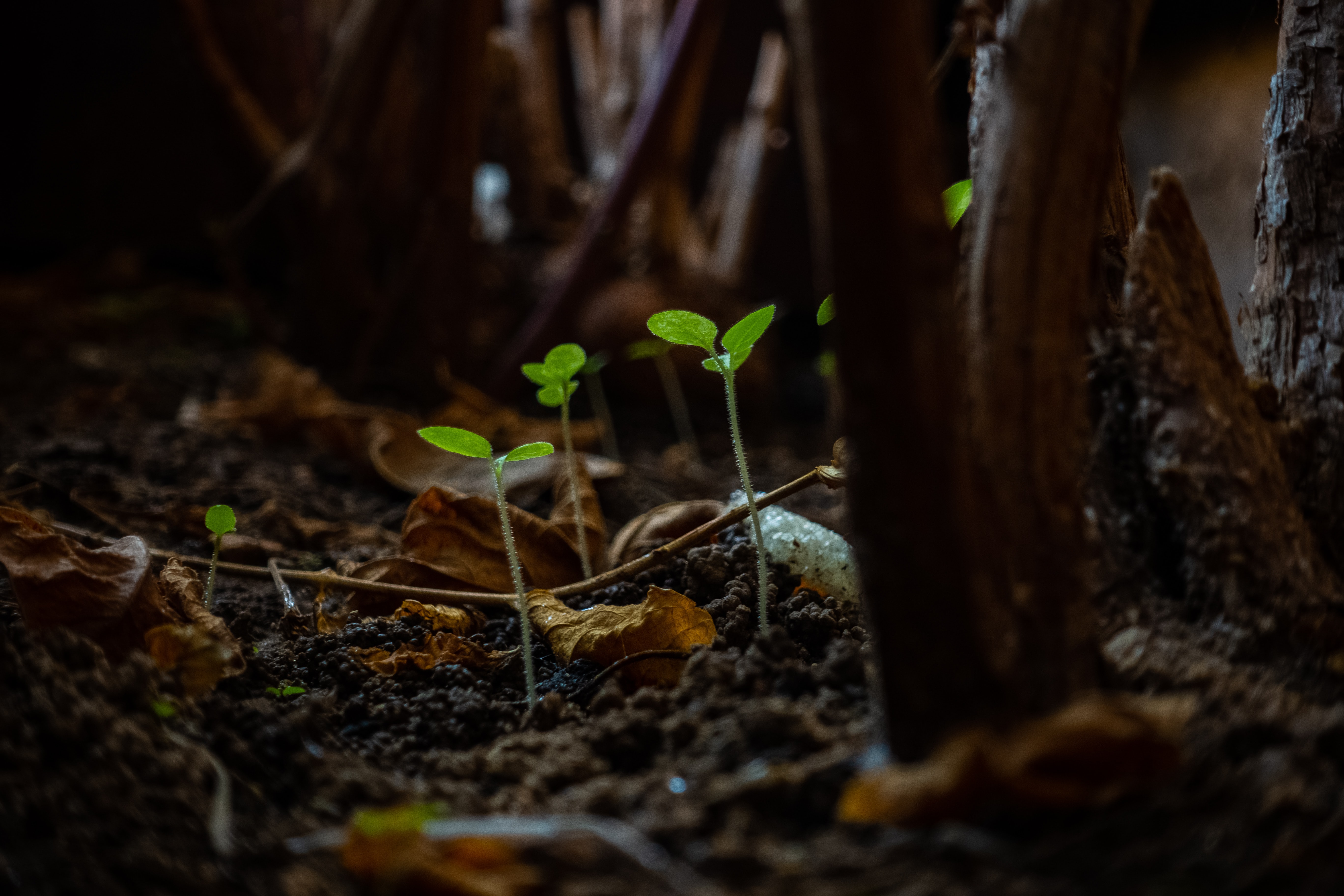
We all are connected to the soil and the soil to us. Soil care is a priority that impacts us all! © Salman Alqahtani
Regenerative farmers are gaining a lot of attention as they stress the importance of working with nature. However, the term ‘regenerative farming’ comes from the Rodale Institute in the US and is based on organics and in New Zealand this link is not widely recognised. This, however, can be solved by sharing knowledge and expertise between organic and regenerative farming.
Marion derives these ideas from her experience also as a co-owner of Commonsense, the leading organic retailer in New Zealand. She points out that the demand for organic food is rapidly increasing in New Zealand as it is around the world. However, there is no government support given to it in New Zealand and the association would like to see support for organic organisations, as well as advisory services, education, research and marketing.
With less than 2% of the farms organically certified in the country, it takes a lot of collaborative efforts from within and outside to grow.
That is why it is important to have a global membership organisation like IFOAM – Organics International to allow for diverse exchange of ideas and perspectives on organic.
Everything is interconnected. In the end, if the soil is healthy, people and food will be healthy.


